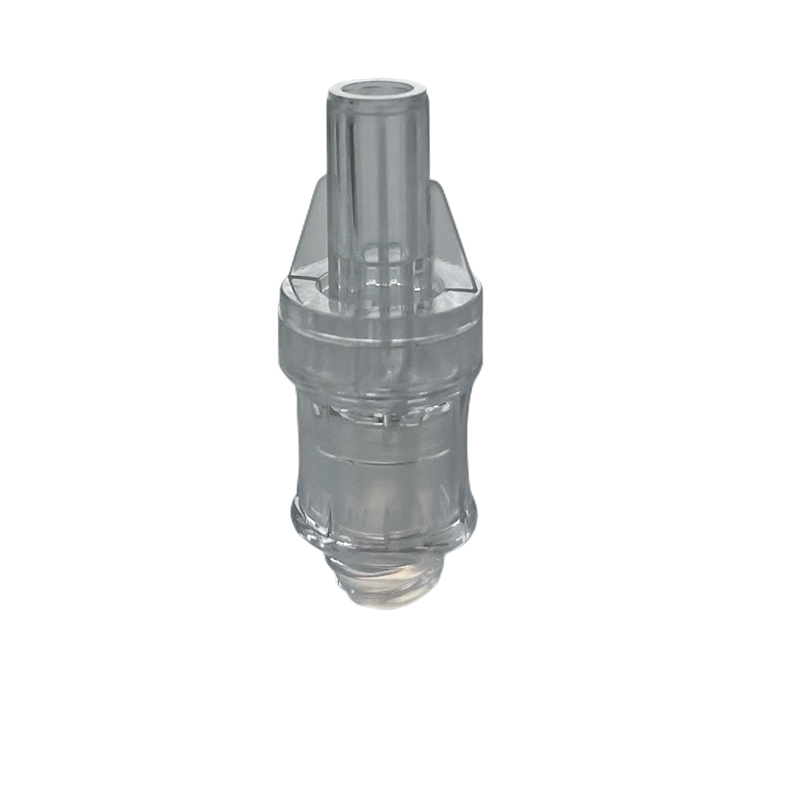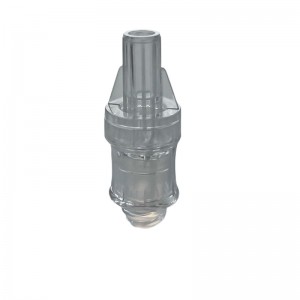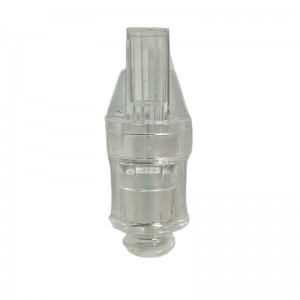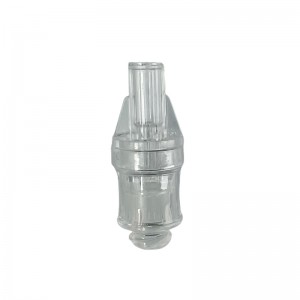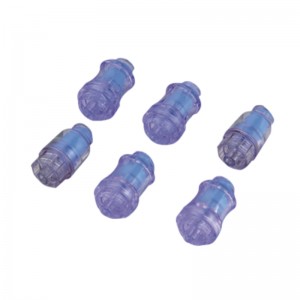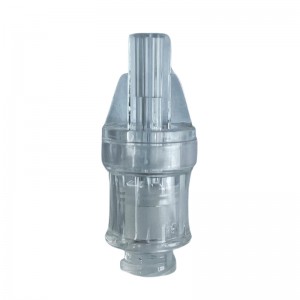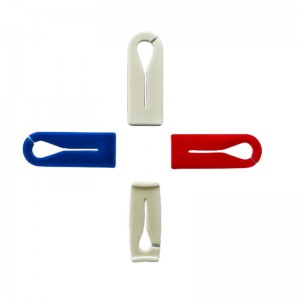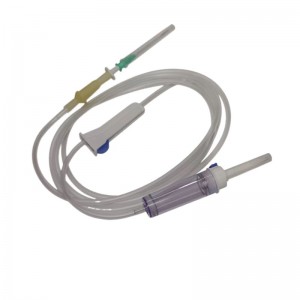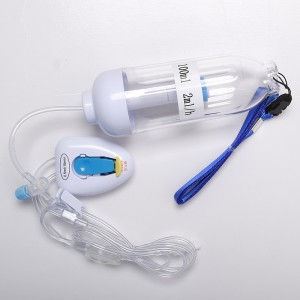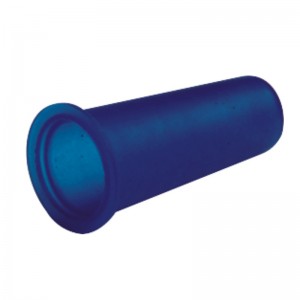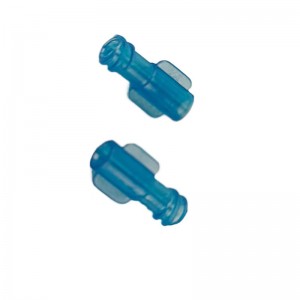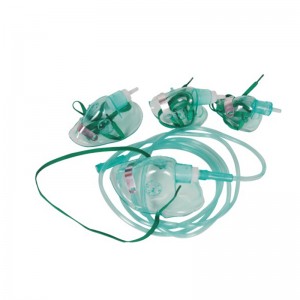Needle free connector for medical use
A needle-free connector is a medical device used to establish a sterile connection between different medical devices and catheters without the need for a needle. It allows for the administration of fluids, medications, or blood products to patients without the risk of needlestick injuries or contamination.Needle-free connectors typically consist of a housing or body, a septum, and internal components that facilitate fluid flow. The design can vary, but most connectors are equipped with one or more valves, which open when a male luer lock or other compatible connection is inserted, allowing fluid to pass through.These connectors are used in various medical settings, including hospitals, clinics, and home care, and are especially important in situations where long-term intravenous therapy or frequent access to catheters is required.Benefits of using needle-free connectors include:Safety: Needlestick injuries pose a significant risk to healthcare workers. Using needle-free connectors helps reduce the risk of accidental needlestick injuries, protecting healthcare professionals from potential bloodborne infections.Infection control: Needle-free connectors reduce the risk of contamination by providing a barrier against microbial entry when the connector is not in use. This helps prevent catheter-related bloodstream infections (CRBSIs) in patients.Convenience: Needle-free connectors simplify the process of connecting and disconnecting various medical devices. This makes it easier and more convenient to administer medications, flush catheters, or collect blood samples.Cost-effectiveness: While the initial cost of needle-free connectors may be higher than traditional connectors or needles, the potential reduction in needlestick injuries and associated costs can make them cost-effective in the long run.It is important to note that proper handling, cleaning, and disinfection techniques are crucial when using needle-free connectors to maintain their sterility and prevent infections.Always consult with healthcare professionals and follow the manufacturer's instructions when using any medical device, including needle-free connectors.

